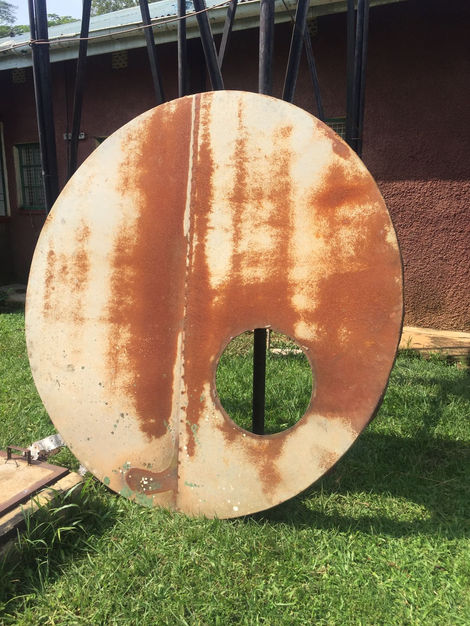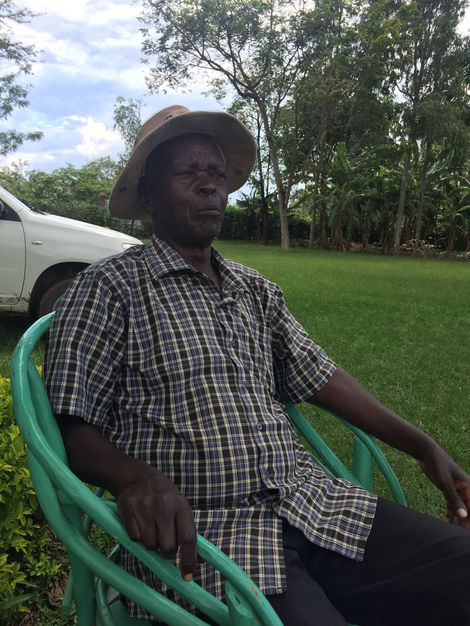The research focus is on the 1950 to 1970 period Nairobi African railroad workers, the generation that resided in the city, together with their families. Urban working-class groups’ everyday lives were moulded around the material construct of the railroad.
Their experiences, the events and trends surrounding them form rich collections, which are attributed to their urban heritage. To date the families are still in possession of accessible recollections and personal memorabilia that is suitable for immersive development of heritage narratives central to the study.

Exhibit+Display
Collecting images extends to the space in which they will be displayed. Sensory experiences possessing sound and video in order to capture the essence of the everyday lives of Railway workers. A collection strategy plan for this area of focus is to create, preserve and materials from retired railway workers' memories and archives. How will I display the video footage, photographic, textual memoirs, photographs, journals and scrapbooks of biographical accounts of lived experiences?







workshop

Mzee spent working days here assembling and repairing equipment from 1956 to 1968 before he moved to the Headquarters. The schedule was set by the king'ora it could be heard as far and wide as Ngaara to Muthurwa to Landi Maawe, letting you know when you needed to clock in to carry out your duties. Many workshop workers rode bicycles into the yard Raleigh bicycles - they were sold for Kes.420 which would be deducted from your salary until you paid off your purchase. Mzee Lutta: ok mmh ma engine hayo, hayo ma engine, workshop ilikua na kila kitu zilikua kutokea kwa bogey! Kwa nini yote, yote ilikuwa inatengenezwa hapo, mpaka ma ninio coaches hi za nini na kuna coaches ambazo zilikuwa zina kuja kutoka huko ng’ambo alafu they are assembled there assembled in the workshops








Moodboard
Uniform, Significance+Identity
This is largely informed by the fact that the military as an institution has a distinct culture that draws on symbols, which include dress and corporate culture, and relies on separation, evident in the distinction between ranks and adifference between disciplined forces and civilians anchored in their military training. These distinctions are important to the military’s functioning. Daily military interaction is expressed, facilitated and regulated by symbols of the military culture. Examples include saluting as a gesture of respect and submission to military discipline, while uniforms act as symbols for identification and status amongst military personnel.
Okech, Awino (2019). Gender and state-building conversations: the discursive production of gender identity in Kenya and Rwanda. Conflict, Security & Development, DOI:10.1080/14678802.2019.1609762
REFERENCE: Anderson & Sheppard Bespoke Savile Row Tailors - Our Process: What to Expect on Your First Fitting


Space
Physical+Virtual





